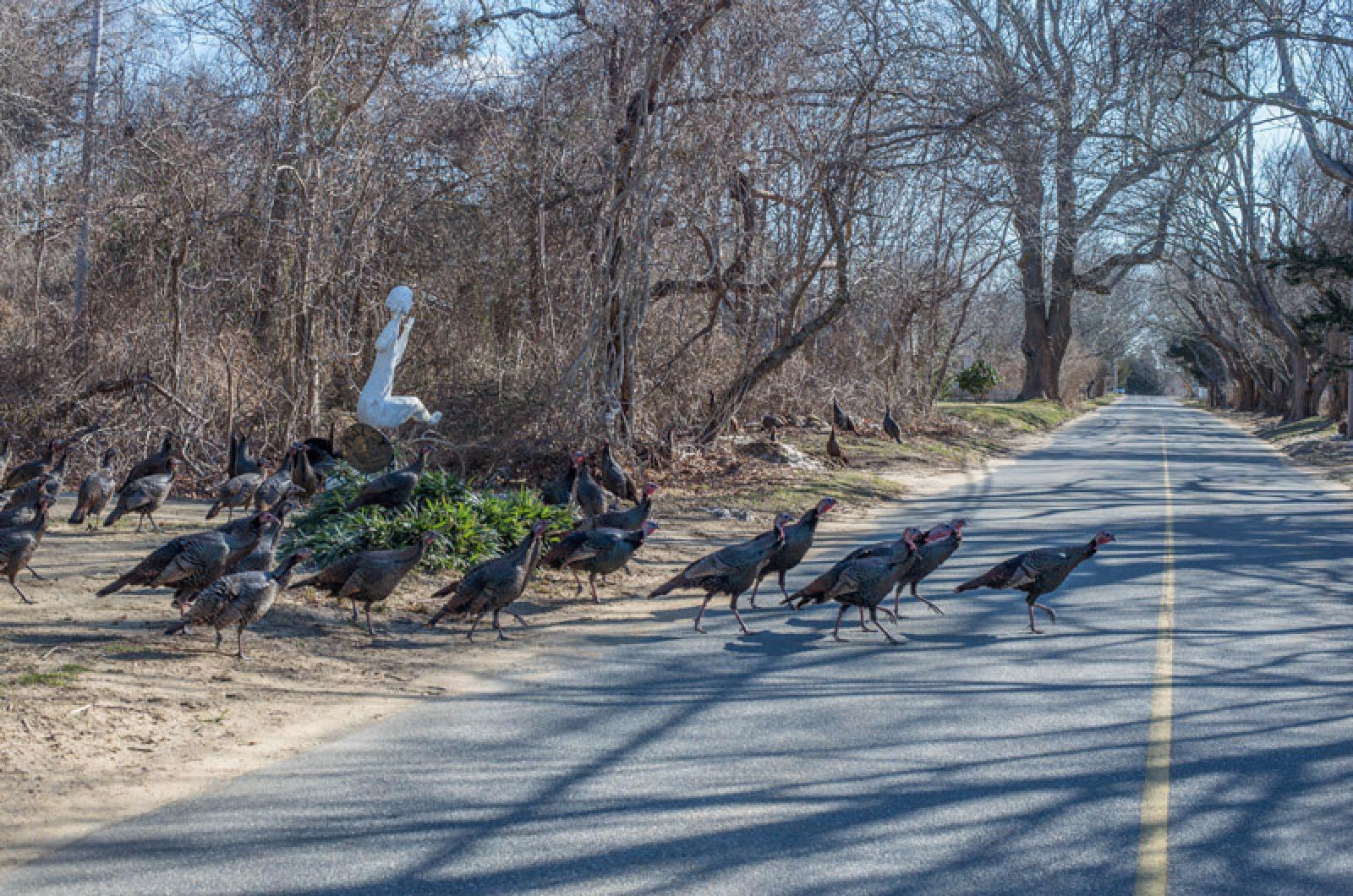Every year, around this time, an unusual creature makes an appearance. Naturalists won’t find this beast in the woods, fields or the sea, and its emergence definitely will not make the latest issue of National Geographic. However, you might find this unique animal in cooking magazines, since its habitat is the kitchen and dinner table.
Turduckens are here! Turducken, if you haven’t been introduced, is a culinary concoction that finds popularity during the Thanksgiving eating season. Three birds — turkey, duck, and chicken — nestled one inside one other and filled with stuffing make up this distinctive dish.
The name turducken is obviously the combination of the three main ingredients, a hybrid of words as well as birds. Linguistically, this is known as a portmanteau, or syntactical blend of words or sounds. Examples include smog (smoke and fog) and motel (motor and hotel).
This bird-in-bird-in-bird concoction isn’t a recipe for the inexperienced chef. First of all, there are no bones about it, since all three birds must first be deboned, a feat for the uninitiated. And only one stuffing won’t due. A true turducken has three different types of stuffing between the fowl, including sausage and oyster, corn, and simple, stovetop-style bread stuffing, making for six layers.
Preparation of this dish takes time and money. At least two days and a few hundred dollars for all of the ingredients should be expected. Cooking time is long, as it is suggested that only a low temperature and slow roasting will insure a tender result — up to 12 hours at around 225 degrees is recommended. For those who are curious, but not cooking wizards, turduckens can be purchased online and even at Costco.
What results from this assemblage is a rainbow of meat, stuffing, and goodness, according to aficionados of the dish. Others disagree. Bon Appetit magazine has covered this food phenom and had this to say: “Our main gripe with the meal isn’t that it’s a horrible crime against nature, but that it’s not quite criminal enough. Compared to masterpieces of meats within meats (within meats), the turducken is mere child’s play.”
Bon Appetit is referring to the long-standing culinary practice of engastration, or meat inside meat. And to be fair, they are right. There are many other dishes that put the turducken to shame.
Consider gastronome Alexandre Balthazar Laurent Grimod de la Reynière, who famously served roti sans pareil or “roast without equal.” Applying the same principle as turducken, this nineteenth-century foodie had as many as 17 different birds stuffed into each other.
The Arctic Inuit went even further with their animal stuffing. For a winter food called kiviak, they used a seal for the outside layer and stuffed it with 400 or more birds (generally auks), then fermented the entire thing under a pile of rocks for up to 18 months. When it was ready, eating it raw was the practice.
It would be a mistake to not also include what the Guinness Book of World Records called the “largest meal.” In another example of engastration, during a Bedouin wedding feast, a camel is stuffed with a lamb, which is stuffed with 20 chickens that are stuffed with eggs, nuts and spices.
As if the Thanksgiving meal was not decadent enough. For holiday purists, the turducken likely won’t do, but for engastration enthusiasts, this concoction embodies the indulgence of the season and the mastering of a very meaty meal.
Suzan Bellincampi is director of the Felix Neck Wildlife Sanctuary in Edgartown, and author of Martha’s Vineyard: A Field Guide to Island Nature.







Comments
Comment policy »